By Larry E. Hall
Toyota – after years of doggedly stating that the Prius hybrid system was not compatible with a plug-in system, and repeatedly warning that lithium-battery-powered plug-in hybrids were too costly and the technology unproven – began delivering the Prius Plug-in Hybrid in March. Easily the most recognized hybrid on American roads, Toyota’s hybrid followers are cheering the automaker’s decision to finally plug in the Prius.
As the hybrid pioneer and leader, it makes sense that Toyota would make the step to the next cost-effective gasoline-electric technology. The chief benefit of a plug-in hybrid isn’t that it can be driven purely on electricity for several miles, but that it erases range anxiety, a fact that Toyota frequently points out. When the battery is depleted, the Prius Plug-in seamlessly becomes a conventional hybrid with the ability to be refueled with gasoline when needed and delivers fuel economy that exceeds gasoline-powered cars.
In general, Toyota’s position is that hybrid and plug-in hybrid vehicles with smaller and less costly battery packs – rather than pure electric cars with larger and very expensive packs – provide the most value and versatility for consumers overall. While the car itself hits that bull’s eye, the question is does the Prius Plug-in miss the target when it comes to price?
A Prius With More Electrons
Essentially, the new Prius PHV, or Plug-in Hybrid Vehicle, is a 2012 Prius Liftback with a more potent 4.4-kWh lithium-ion battery instead of the standard 1.3-kWh nickel-metal hydride battery pack, an onboard battery charger and an industry-standard charging port. As such, the Prius PHV can be charged and driven gasoline free for up to 15 miles at speeds up to 62 mph according to Toyota. But, under full acceleration or driving uphill while in EV mode, the system switches to full hybrid mode. And, like the regular Prius model, the PHV version shuts down the gasoline engine at a stop and accelerates away with the hybrid battery providing electricity to the front motor.
A depleted battery can be fully recharged in around three hours using a 120-volt household outlet. That time can be cut in half with a 240-volt home charging station.
Under the plug-in’s sheetmetal, the standard Prius parentage continues. The engine is a 98 horsepower 1.8-liter four-cylinder that operates on the Atkinson cycle and generates 105 pounds-feet of torque. (An Atkinson-cycle engine gives up a little power output in exchange for improved fuel efficiency and reduced emissions.)
The series-parallel hybrid system uses two high-output electric motors, one 60-kw (80 horsepower) unit that mainly works to power the transaxle, and another smaller motor that works as the electric power source for battery regeneration and as a starter for the gas engine. Combined output of the gas engine and electric motor is 134 horsepower, which is directed to the front wheels via a continuously variable transmission (CVT). And no, the combined output of the gas engine and electric motor is not an error. Output of the two occur at different rates, so in this case one plus two does not equal three. The electric motor produces 153 pounds-feet of torque but Toyota doesn’t publish combined torque numbers.
The Prius Plug-in offers three driver-selectable modes: EV, Eco, and Sport. EV mode operates as long as there is some battery charge available. Eco mode is programmed to maximize all driving conditions by modifying the electronic throttle control program as well as the air conditioning operation. Sport mode increases throttle response in the middle range that gives a boost to acceleration.
The standard Prius Liftback has an EPA fuel economy rating of 50 miles per gallon, and at best, it can travel about two miles on electric power only up to around 30 mph. By comparison, the Prius Plug-in is EPA rated at 95 MPGe (Miles Per Gallon equivalent): the car’s efficiency when operating on a mix of a fully charged battery and gasoline. When the battery is depleted and it operates as a hybrid, the fuel economy is 50 mpg combined – and 51 mpg city, 49 mpg highway – the same as the standard Prius.
When it comes to electric only operation, the EPA’s numbers for driving range are somewhat confusing. The estimated driving range for a fully charged battery combined with gasoline over a mix of city and highway driving is 11 miles. Then there’s the small print – 6 miles “All Electric Range,” not the 15 miles that Toyota touts.
Exterior And Interior
There is little that distinguishes the plug-in Prius’s exterior from its less-electrified sibling. Exclusive plug-in exterior trim includes a chrome finish on door handles and grille as well as blue-accent headlamps and LED taillight clusters. The most notable difference is the charging door on the right rear fender, which also has a chrome treatment. A close-up look reveals that the small front fender and rear badges are inscribed “Plug-in Hybrid” rather than just “Hybrid,” and a keen eye will notice the plug-in’s exclusive wheels.
Both cars exhibit a minor 2012 refresh, including a revised front fascia and bumper, plus new head- and taillights. In other words, there’s no elevated, “Look at me, I’m really, really green!”
Current Prius owners will feel right at home in the new Prius with a plug. Five adults can fit comfortably, with the same 16 cubic feet of cargo room left over in back. The 60/40 split rear seats still fold flat, creating a surprisingly large cargo space for hauling groceries, strollers, large boxes, and gardening supplies – all at the same time.
Interior storage spaces are abundant and flexible. The sound system is adequate, but not ground breaking. The stereo’s most-used functions are easy to see, read and use.
From the driver’s seat, everything is familiar and, yes, those annoying beeps when the unconventional shifter is positioned in reverse will not let you forget that you’re driving a Prius.
Behind The Steering Wheel
Last summer Toyota provided a pre-production Prius PHV for a weeklong evaluation. It was different from the 2012 production car we drove a couple weeks ago. The pre-production Prius PHV had a larger Li-ion battery pack, 5.2-kWh versus 4.4-kWh, and the pack weighed in at 353 pounds compared to 176 pounds. The smaller battery not only frees up space in the trunk, it also provides more electric-only driving range, 15 miles in contrast to the 13-mile distance of last year’s development model.
Like last year, the Prius PHV arrived in the morning with a depleted battery. Three hours later I selected the EV mode and backed out of our driveway with editor/wife Lynne seated next to me, charged with the task of monitoring the hybrid system’s energy flow. We had mapped out a 20-mile route of mostly flat roads with speed limits of 35 to 45 mph with the goal of driving with electric power only for as many miles as I could wring out.
Unlike the Nissan Leaf or Chevrolet Volt, acceleration from a stop lacks the zip of an electric motor’s instant-on torque. Instead, forward motion, while nearly silent, was steady but languid. With eggshell pressure on the accelerator, we clocked 13 miles of electric driving with the gas engine kicking in briefly one time traveling up a small hill. While that’s shy of Toyota’s estimate of 15 miles, it’s slightly more than double the EPA estimated 6 miles. But, the drive was on mostly flat roads and the accelerator was coddled – not exactly a normal daily excursion.
The rest of the time behind the wheel we primarily drove in Eco mode, a setting that most drivers will prefer when the EV mode is unavailable. When the Eco mode’s electronic go-pedal nanny became annoying, Sport mode injected a little life into the car. And yes, the Prius PHV can travel up to 62 mph on electric juice. Of course at that speed the battery depletes quickly, but it is a bit of fun to run at that velocity in near silence.
During our week with the extension cord connected Prius we topped the fuel tank twice. Before the first top-up, we clocked 132 miles – 102 miles on the Interstate – and plugged in twice with recorded fuel mileage of 66.2 mpg. Before the last fill up we drove 86 miles – mostly in the city – and plugged in after each trip that varied from 9 miles and 22 miles with a recorded 82.3-mpg. That’s an average of 74.25 mpg for the 218 miles driven.
From a dynamic standpoint, the Prius PHV has had all the character and personality ironed out with little passion to be found underfoot. If you’re looking for entertainment, it’s better to play with the multiple electronic screens on the dashboard. This is a driving appliance meant to get you from point A to point B while delivering fuel economy numbers that other car companies can only dream about. The only deal breaker might be the cost.
Ouch! A $32,000 Price Tag
The starting price for the 2012 Prius Plug-in is $32,000. That’s $8,000 more than the base Prius Liftback Two. And even after a federal tax credit of $2,500, the car is still close to 30 large, which is close to fully loaded Prius Liftback Five’s price of $29,805. Thankfully, there are various individual state incentives that can help ease the sting of the purchase price and, it qualifies for the coveted solo High Occupancy Vehicle (carpool) lane status in several states. For some commuters that alone is worth the price.
So, what do you get for your hard-earned money besides the eye-popping fuel economy? Quite a lot, actually: A “smart key” keyless entry system with remote air conditioning; power windows, locks and outside mirrors; tilt/telescopic steering wheel with audio, climate, Bluetooth and voice-command controls; heated front seat; cruise control; Display Audio with Navigation and Toyota’s Entune 1; and an integrated backup camera.
If you can’t resist bells and whistles, the Prius Plug-in Advanced goes for $39,525. It includes the above plus bonus features such as radar-guided cruise control, a pre-collision system, head-up display, navigation system, a rockin’ audio system and Toyota’s Entune 2 Internet connectivity.
Is This Plug-in Hybrid For You?
If your one-way commute is 10-12 miles and you can plug in at work, you would use little, if any, gasoline all week. However, a 30 or more mile run to the office and no chance of plugging in means fuel mileage closer to the 49 mpg. That suggests the conventional Prius with its 50 mpg combined average is the wiser choice.
Then again, if the one-way trip is around 40 miles with a place to plug in, perhaps the Chevrolet Volt with its 38-mile EV range is the best choice to kick the oil habit. Sure, it appears the 2012 Volt, with its $39,145 sticker price, is seven grand more than the Prius Plug-in, but that is somewhat misleading because the Volt qualifies for a full $7,500 Federal tax credit. That means the difference between the Prius Plug-in and Volt works out to only about $2,145. It also has various state incentives as well as HOV privileges.
Whatever your driving habits are, you might want to wait until this fall to make a decision. Ford’s C-Max Energi plug-in arrives and is priced starting at $33,745 http://www.hybridcars.com/news/ford-prices-c-max-energi-33745-48864.html
minus the available $3,750 federal and possible state tax incentives. Plus the C-Max Energi can travel up 20 miles and up to 85 mph on electricity without the gas engine kicking in.
As for cost of ownership, Car and Driver magazine gives the Prius Plug-in an “Excellent” rating over five years. If you’ve done the math plus, believe you can come close to the magical 95 MPGe number, the Prius may be the plug-in for you.
Prices are Manufacture Suggested Retail Price (MSRP) at time of writing and do not include destination charges, taxes or licensing..







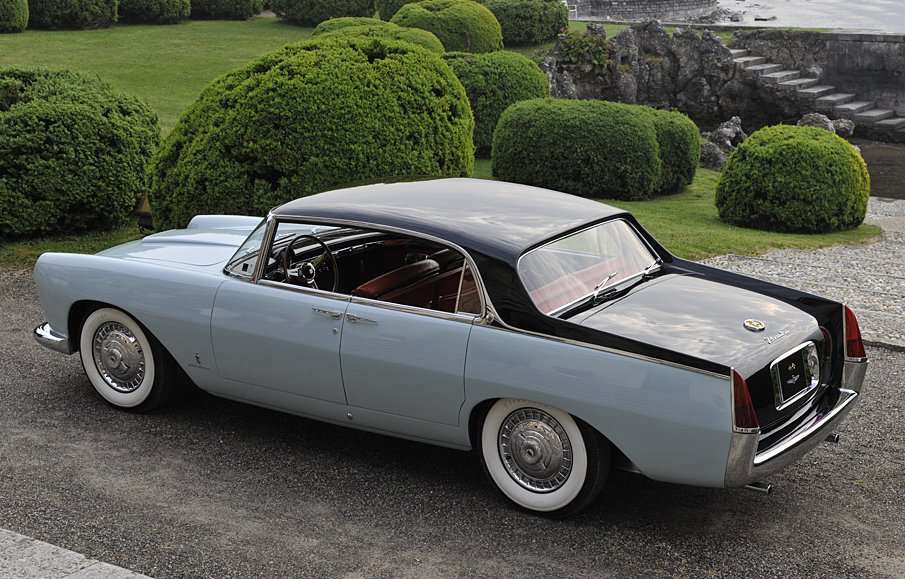





 <iframe allowtransparency="true" frameborder="0" scrolling="no" src="http://www.facebook.com/plugins/like.php?href=http://onlycarsandcars.blogspot.co.uk/2012/08/lancia-aurelia-b56-florida-by.html&layout=standard&show_faces=false&width=100&action=like&font=arial&colorscheme=light" class="c6">></iframe>
<iframe allowtransparency="true" frameborder="0" scrolling="no" src="http://www.facebook.com/plugins/like.php?href=http://onlycarsandcars.blogspot.co.uk/2012/08/lancia-aurelia-b56-florida-by.html&layout=standard&show_faces=false&width=100&action=like&font=arial&colorscheme=light" class="c6">></iframe>





















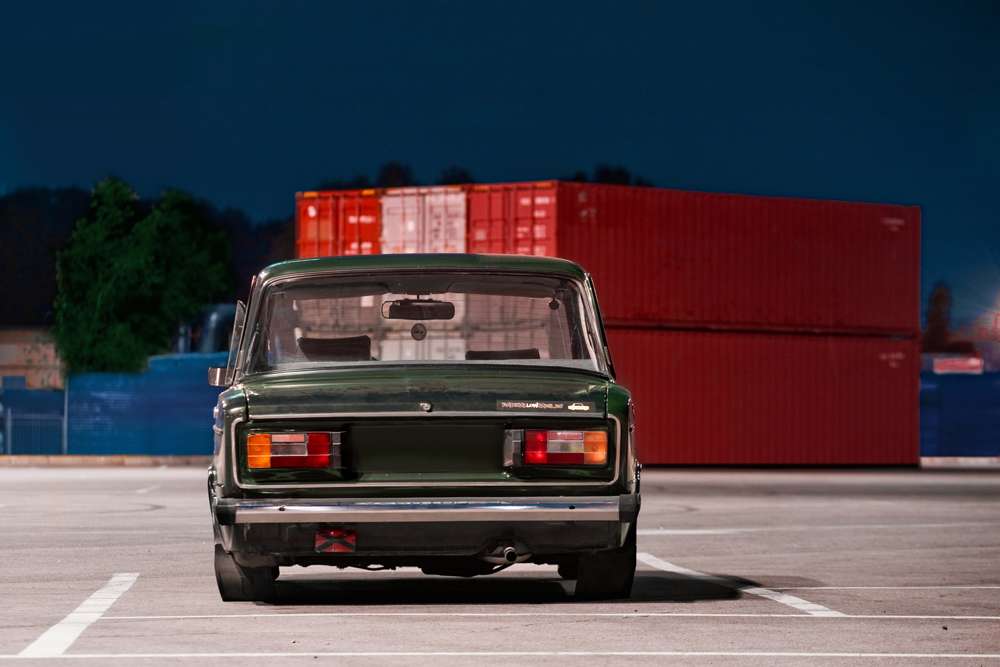


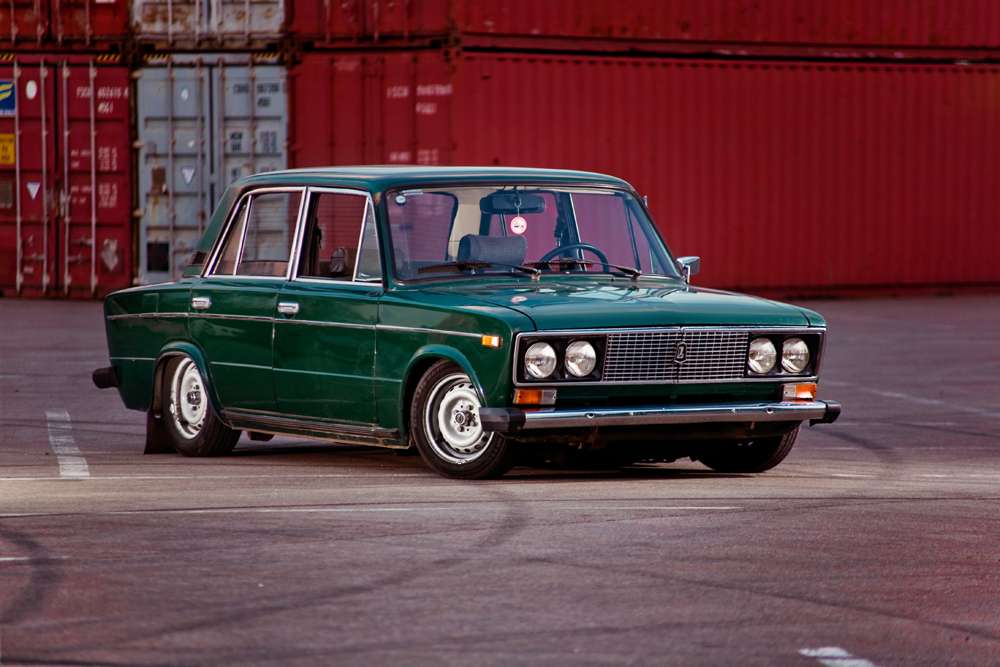 <iframe allowtransparency="true" frameborder="0" scrolling="no" src="http://www.facebook.com/plugins/like.php?href=http://onlycarsandcars.blogspot.co.uk/2012/08/lada-vaz-2106-low-rider.html&layout=standard&show_faces=false&width=100&action=like&font=arial&colorscheme=light" class="c6">></iframe>
<iframe allowtransparency="true" frameborder="0" scrolling="no" src="http://www.facebook.com/plugins/like.php?href=http://onlycarsandcars.blogspot.co.uk/2012/08/lada-vaz-2106-low-rider.html&layout=standard&show_faces=false&width=100&action=like&font=arial&colorscheme=light" class="c6">></iframe>


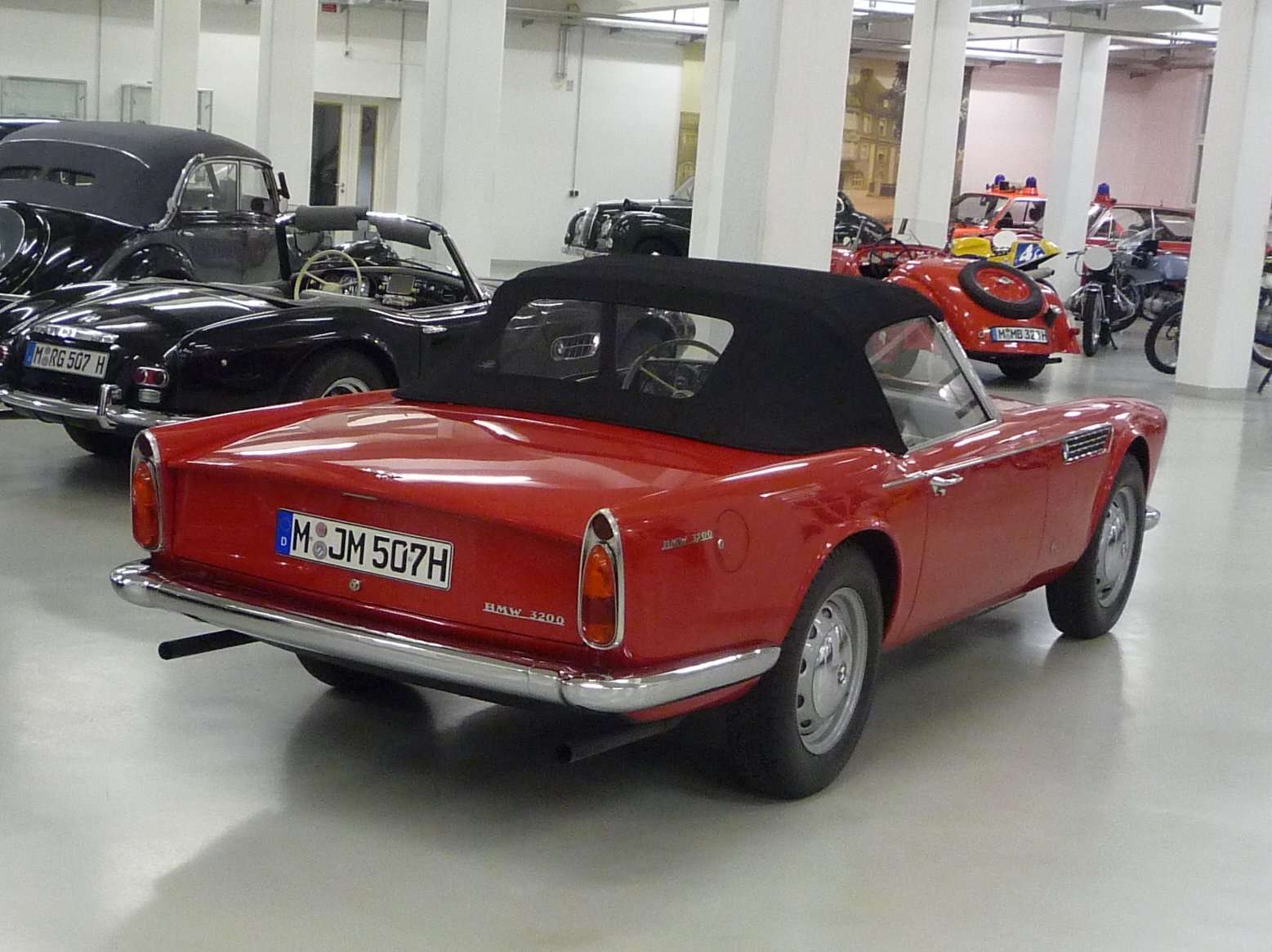




 <iframe allowtransparency="true" frameborder="0" scrolling="no" src="http://www.facebook.com/plugins/like.php?href=http://onlycarsandcars.blogspot.co.uk/2012/08/bmw-3200-michelotti-vignale.html&layout=standard&show_faces=false&width=100&action=like&font=arial&colorscheme=light" class="c6">></iframe>
<iframe allowtransparency="true" frameborder="0" scrolling="no" src="http://www.facebook.com/plugins/like.php?href=http://onlycarsandcars.blogspot.co.uk/2012/08/bmw-3200-michelotti-vignale.html&layout=standard&show_faces=false&width=100&action=like&font=arial&colorscheme=light" class="c6">></iframe>


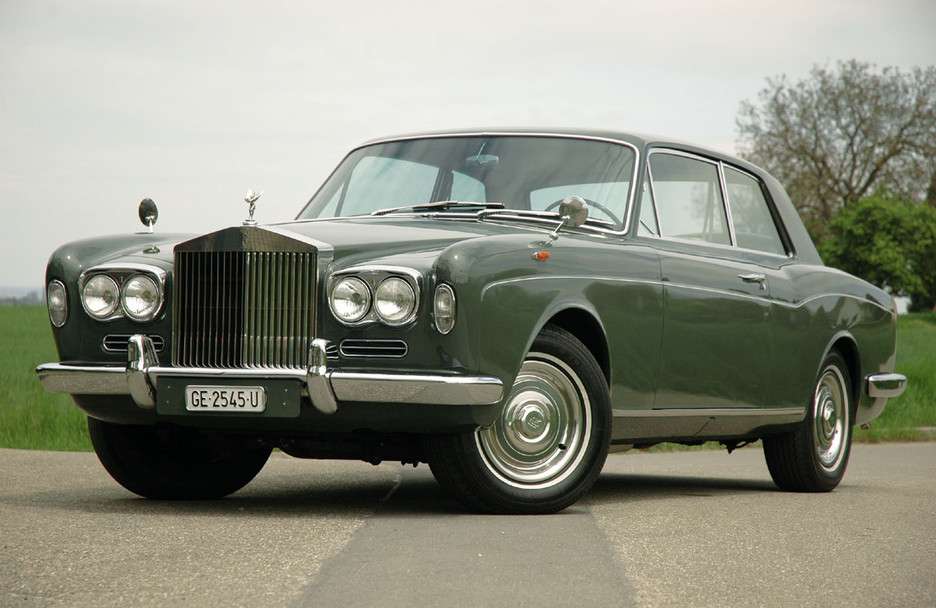
















 <iframe allowtransparency="true" frameborder="0" scrolling="no" src="http://www.facebook.com/plugins/like.php?href=http://onlycarsandcars.blogspot.co.uk/2012/08/rolls-royce-silver-shadow-2-door-saloon.html&layout=standard&show_faces=false&width=100&action=like&font=arial&colorscheme=light" class="c6">></iframe>
<iframe allowtransparency="true" frameborder="0" scrolling="no" src="http://www.facebook.com/plugins/like.php?href=http://onlycarsandcars.blogspot.co.uk/2012/08/rolls-royce-silver-shadow-2-door-saloon.html&layout=standard&show_faces=false&width=100&action=like&font=arial&colorscheme=light" class="c6">></iframe>

